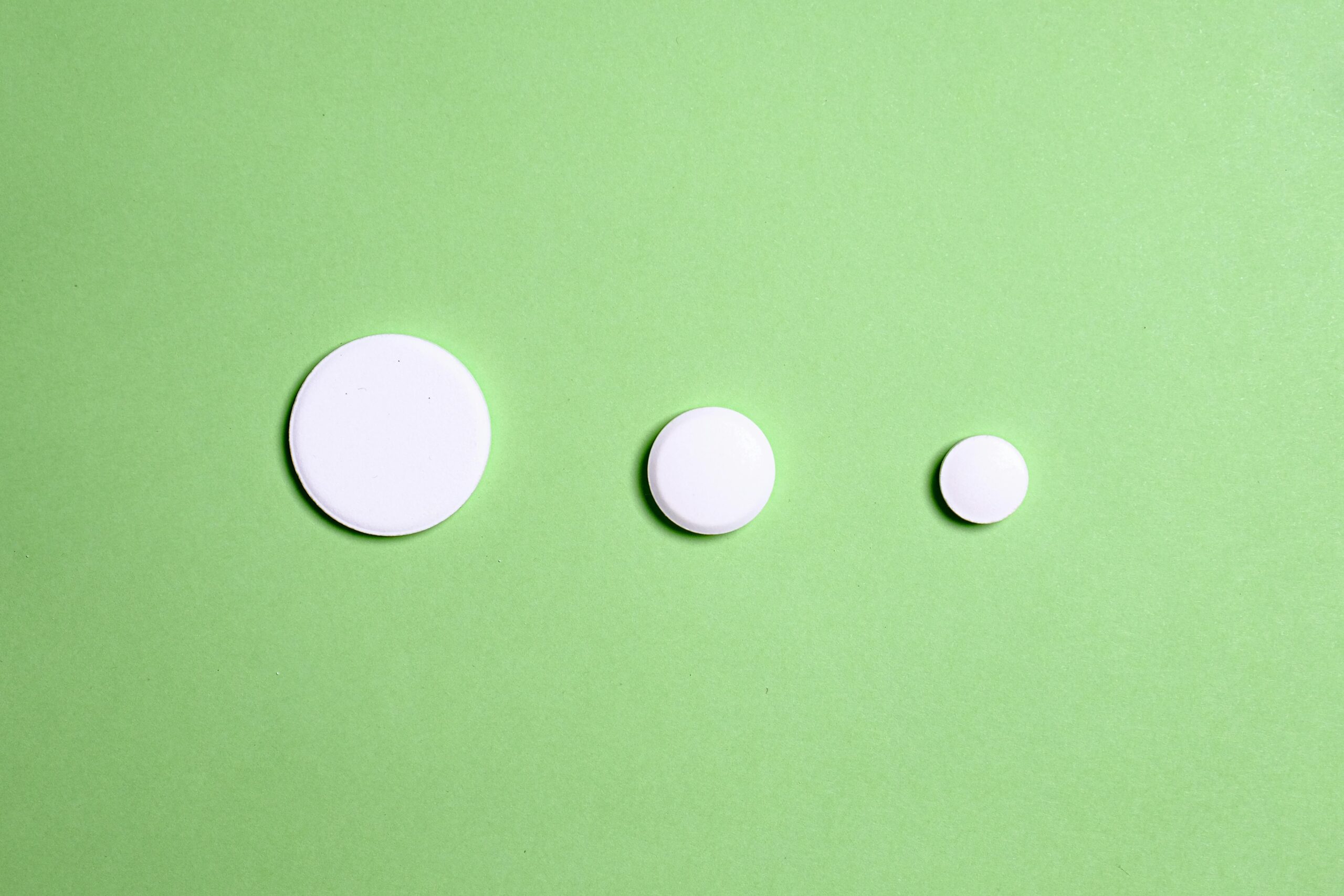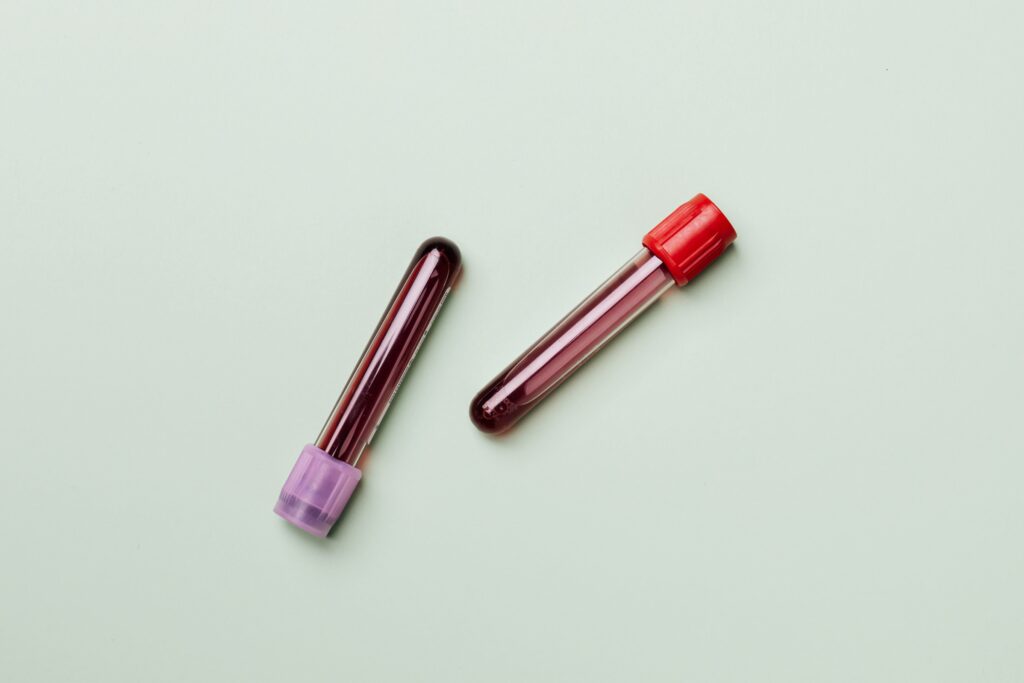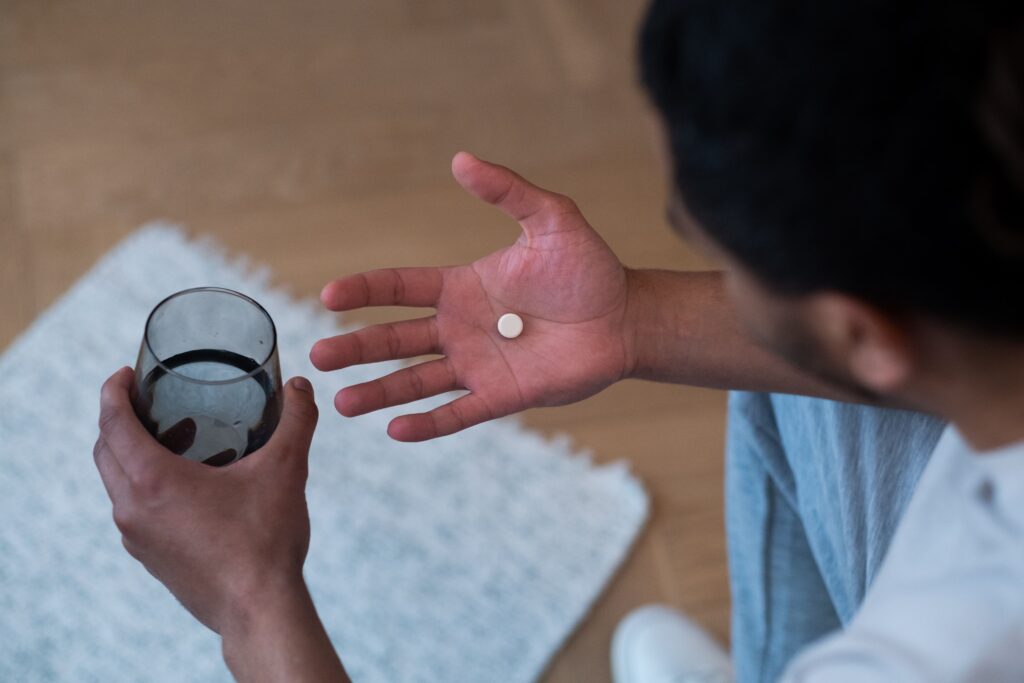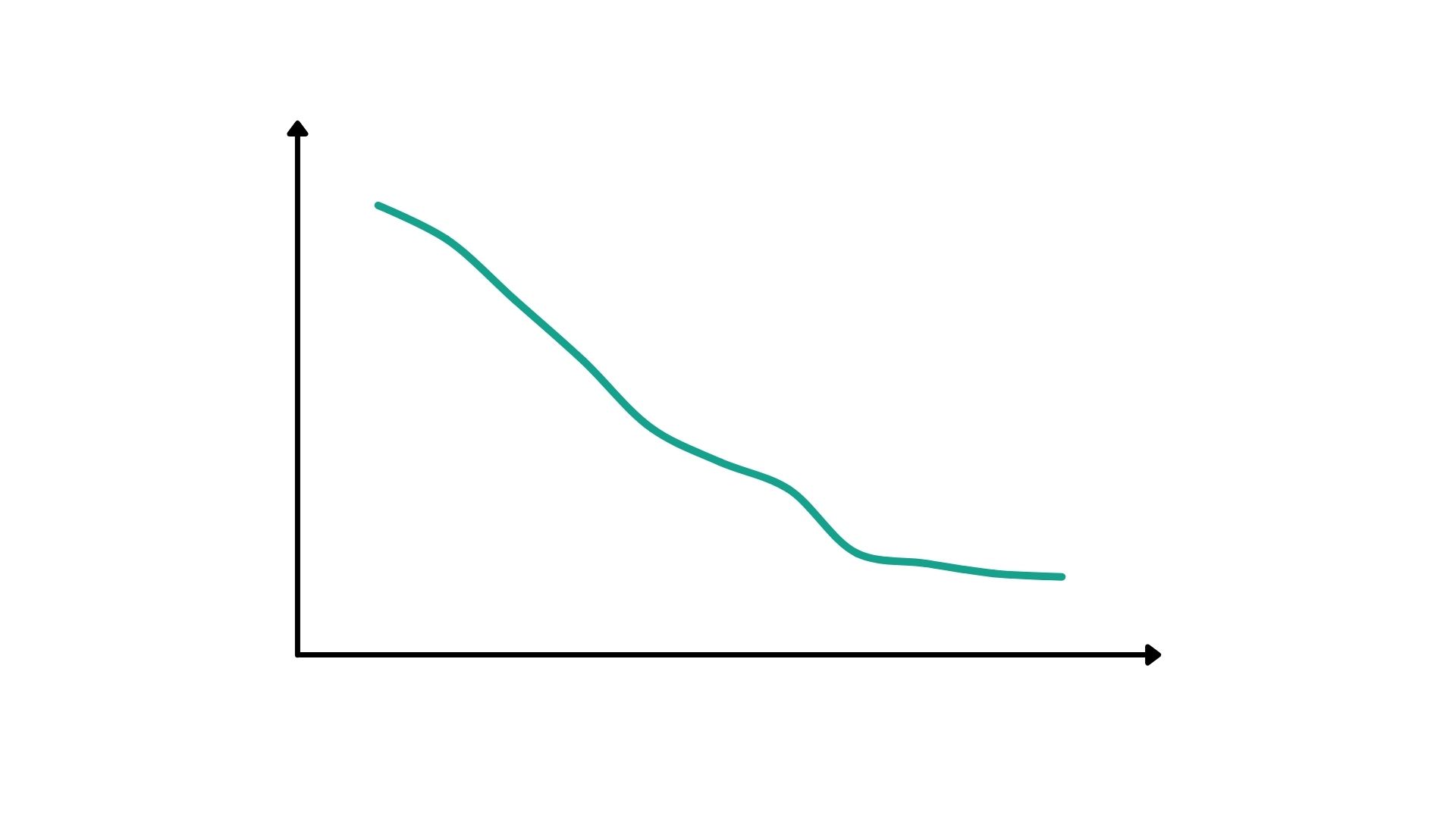
How ZMA Can Boost Your Immune System
Wondering how to boost your immune defences and fight against illness? Discover the science of ZMA and how it can help your immune system.

Testosterone, an essential hormone in both men and women, plays a vital role in numerous bodily functions, including muscle development, mood regulation, and more. However, low testosterone levels, affecting about a significant number of men in their 40s, can have severe consequences. This condition can lead to physical changes such as muscle loss, emotional issues, and sexual dysfunction.
Recognizing the signs of low testosterone is crucial as timely intervention can reverse these symptoms. The signs vary from subtle emotional shifts to more noticeable physical changes.
The aim of this blog is to explore the signs of low testosterone and discuss various methods to reverse them, empowering readers to take control of this vital aspect of their health.

Low testosterone doesn’t only affect one’s sexual health; it can manifest in several physical ways that may be easy to overlook or attribute to other causes. Understanding these signs is crucial for early detection and treatment. Here are some of the prominent physical symptoms:

Low testosterone levels can have a profound effect on the emotional well-being of the ageing male. These emotional signs are an integral part of men’s health, though they may be less recognized compared to physical symptoms. Understanding these emotional signs is vital in recognizing and addressing the broader impacts of low testosterone levels on men’s health. Key emotional symptoms include:

Low testosterone levels can markedly impact sexual function, leading to a range of issues that might affect a man’s self-confidence and personal relationships. Here are the primary signs and symptoms affecting sexual health:
These sexual symptoms can be distressing, affecting not only sexual function but also overall well-being and relationships. Understanding these signs and symptoms can provide valuable insights into libido and sex drive, opening avenues for personal reflection and potential lifestyle adjustments to help restore sexual vitality.

Low testosterone, also referred to as testosterone deficiency, is a condition that can affect the ageing male, leading to a myriad of physical and emotional symptoms. Understanding the root causes can be instrumental in recognizing and managing the symptoms of low testosterone. Here are the primary causes:
The causes of low testosterone are multifaceted, ranging from natural aging processes to lifestyle choices and underlying health conditions. Blood test results and awareness of luteinizing hormone levels might provide insights into individual cases, but the broad spectrum of causes highlights the complex nature of testosterone deficiency.
This complexity underscores the importance of a comprehensive understanding of the various contributing factors to best manage the condition and maintain overall health and vitality in the aging male.

Diagnosing low testosterone levels is a multi-step process that in some cases begins with a thorough medical examination. During this initial assessment, a healthcare provider may ask about symptoms, medical history, and lifestyle factors.
However it is now possible for individuals to undertake blood tests, ordered online. Some of these undertake a detailed analysis of various hormones, including testosterone and luteinizing hormone, and can provide a clear indication of any deficiencies or imbalances.
If blood test results are inconclusive or additional information is needed, further testing such as MRI or ultrasound can be employed. These imaging techniques can provide more in-depth insights into underlying issues that might be affecting testosterone production.

Addressing low testosterone levels, or ‘low t’, doesn’t always require medical intervention. Sometimes, adjustments to daily habits and embracing a healthier lifestyle can make a significant difference. Here’s how:
A balanced diet, regular exercise, adequate sleep, and stress reduction are essential components in managing low testosterone levels. Emphasising these lifestyle changes not only supports the body in maintaining healthy testosterone levels but also fosters general well-being. Implementing these strategies can contribute to preserving muscle mass, promoting hormonal balance, and offering a natural way to combat ‘low t’, enhancing the overall quality of life.

When lifestyle changes are insufficient to address low testosterone, medical treatments may be necessary. Two primary low testosterone treatment options are:
Both TRT and prescribed medications require evaluation and ongoing monitoring by healthcare professionals. These medical treatments offer targeted ways to address low testosterone and must be used under proper guidance to ensure optimal outcomes.

Addressing low testosterone levels is not without its challenges and potential risks. Attempting to diagnose and treat low testosterone without professional guidance can lead to misinterpretation of symptoms and inappropriate treatment. This could cause more harm than good. While Testosterone Replacement Therapy (TRT) can be effective, it also has potential side effects and risks such as cardiovascular issues and impacts on fertility, underscoring the need for proper medical oversight.
Consulting with healthcare providers is vital to ensure accurate diagnosis and safe, effective treatment. Self-management of testosterone therapy without expert guidance can lead to unnecessary risks and complications. Beyond the medical considerations, the use of testosterone treatments for non-medical purposes, such as athletic performance enhancement, raises serious ethical concerns and can lead to health risks.
The complexity of diagnosing and treating low testosterone, therefore, highlights the importance of professional medical intervention. It also calls for careful consideration of both the potential risks involved and the broader ethical aspects of treatment, ensuring that actions taken align with both individual health needs and societal values.
Low testosterone can manifest in various physical, emotional, and sexual signs, impacting overall well-being. While lifestyle changes can sometimes address these symptoms, medical treatments like Testosterone Replacement Therapy (TRT) may be necessary for more severe cases. The complexity of diagnosis and treatment emphasizes the critical importance of professional medical consultation.
However, TRT is not needed for most. Consider incorporating ZMAN+ into your routine to optimise your testosterone levels without medical intervention.


Wondering how to boost your immune defences and fight against illness? Discover the science of ZMA and how it can help your immune system.

Learn how ZMA can transform your muscle recovery and athletic performance, allowing you to reach your health goals

Studies have shown that testosterone levels are falling. Read this to find out why and what can be done to fix it.

Discover how Vitamin B6 reduces fatigue through energy metabolism, with key facts and intake recommendations.

Complete the form NOW to receive the free ebook and take on the challenge.